
Nice Shoutout (and perhaps a more approachable explanation) for our paper on the Santa Fe Institute Website.
“We propose a generalizable approach for identifying pivotal components across a wide variety of systems,” says author Edward Lee, a Program Postdoctoral Fellow who studies collective behavior at the Santa Fe Institute. “These systems go beyond voting, and include social media (like Twitter), biology (like the statistics of neurons), or finance (like fluctuations of the stock market).”
In the paper, Lee and his co-authors, Daniel Katz (Illinois Tech), Michael Bommarito (Stanford CodeX), and Paul Ginsparg (Cornell University) identify a statistical signature of pivotal components that they then trace to communities on Twitter, votes in the Supreme Court and Congress, and stock indices within financial markets. They find wide diversity in how social systems depend on sensitive points, when such points exist at all.”
Access our Paper – Sensitivity of Collective Outcomes Identifies Pivotal Components in the June 2020 Issue of Journal of the Royal Society Interface.


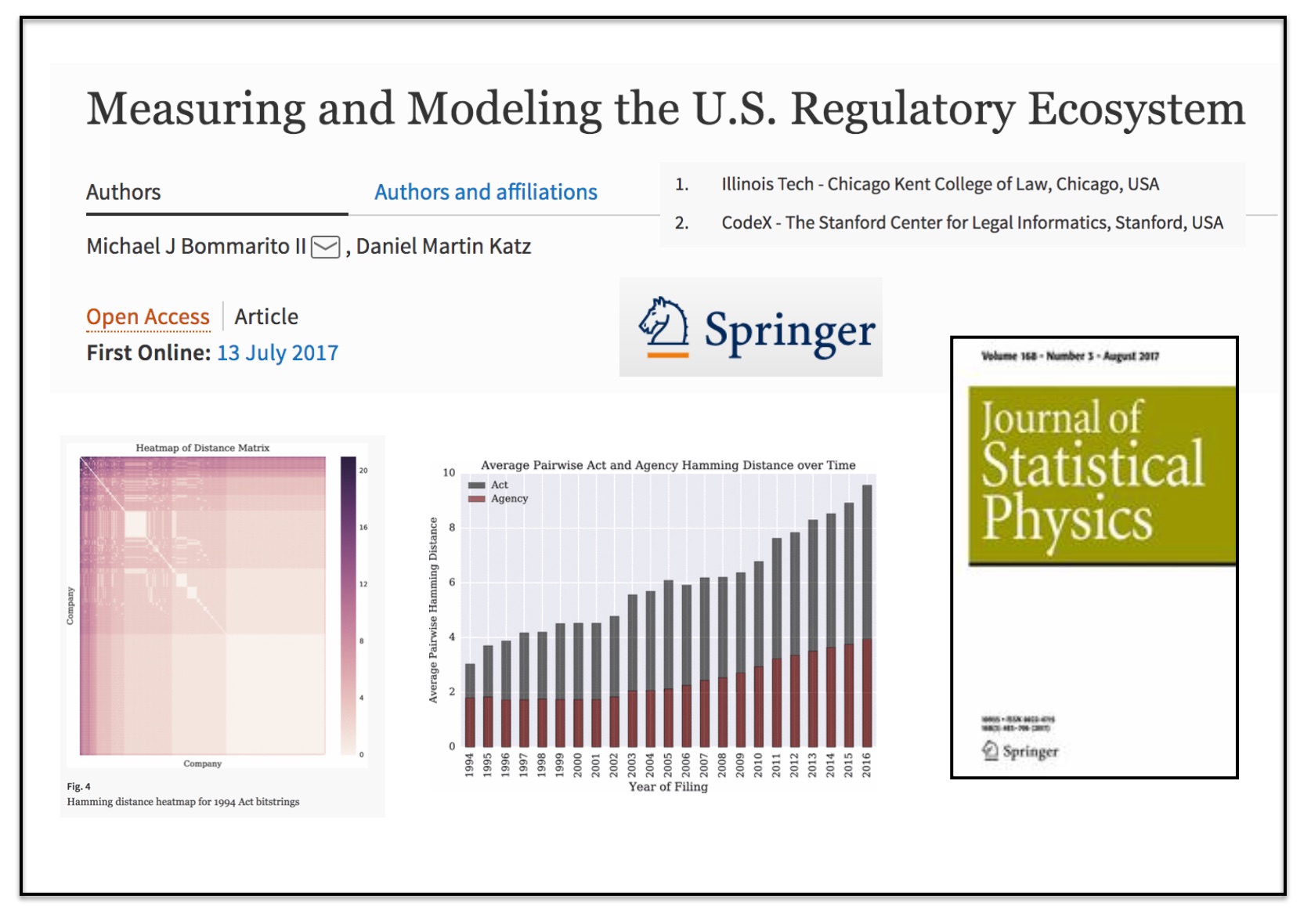

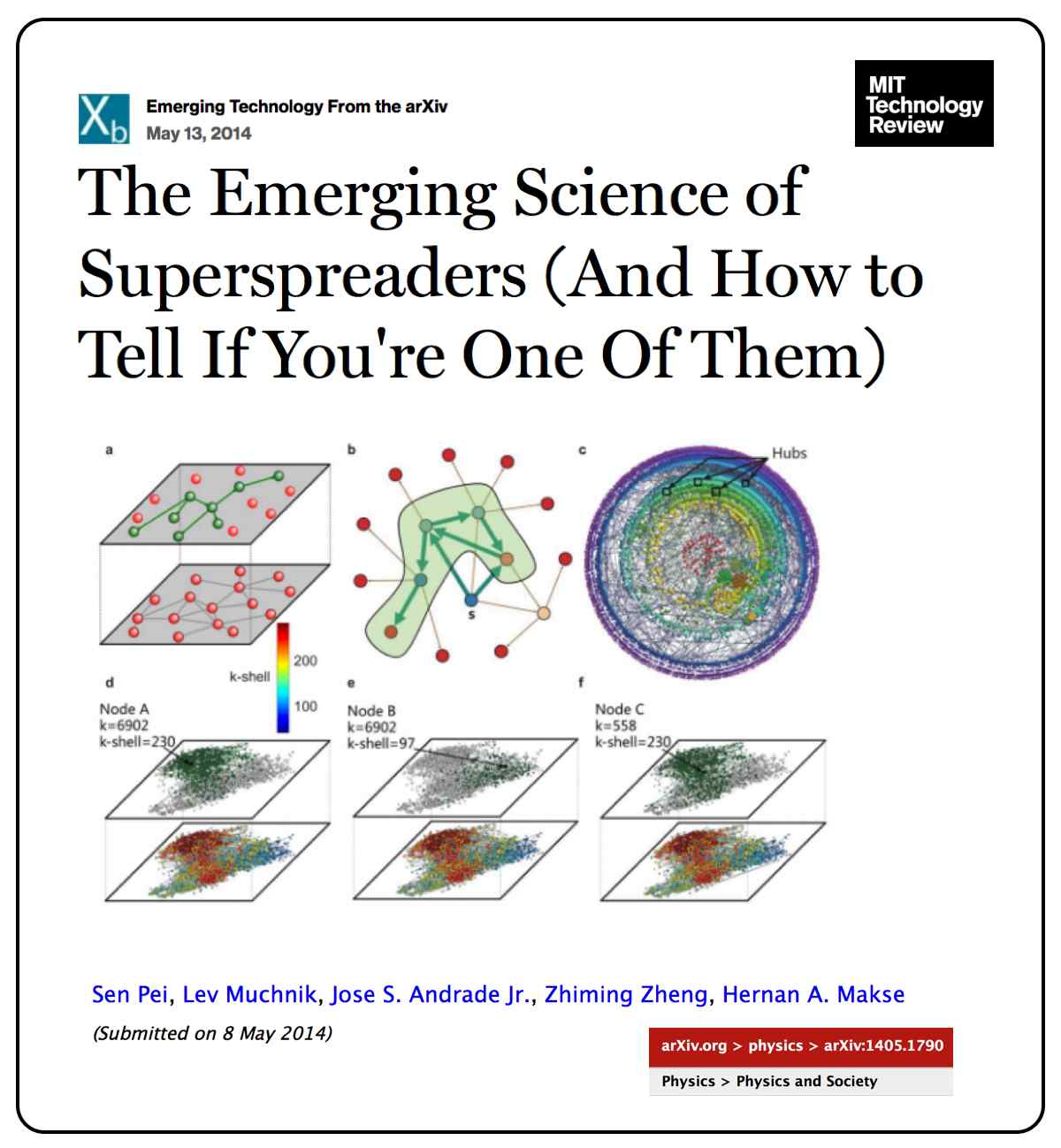

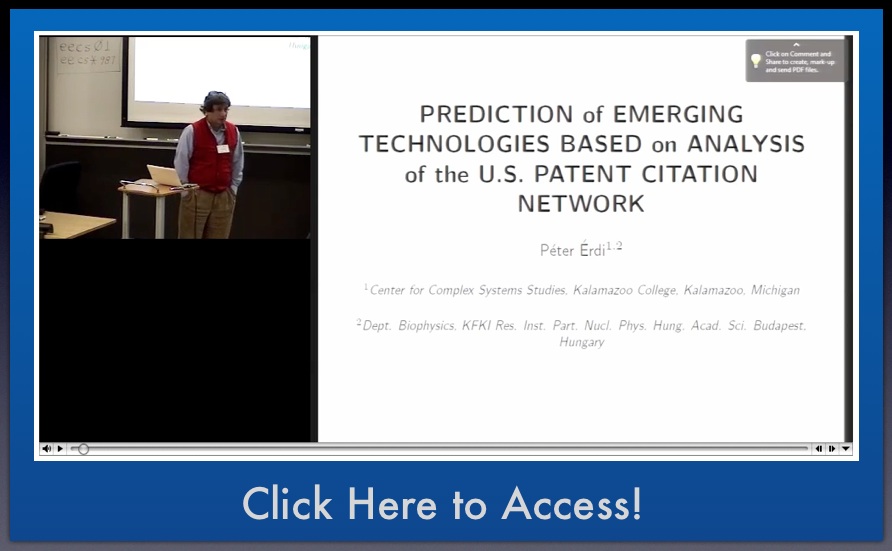


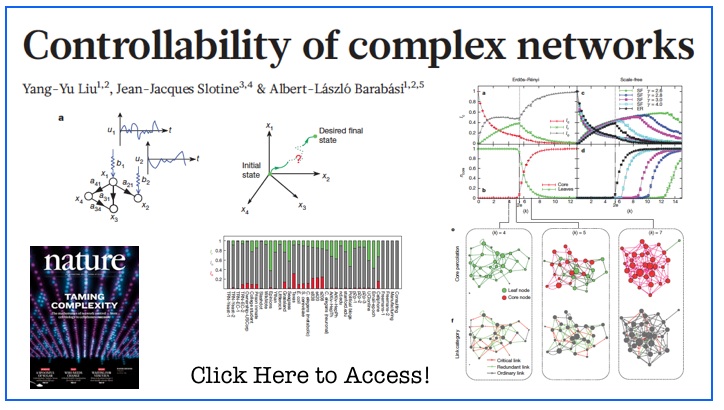
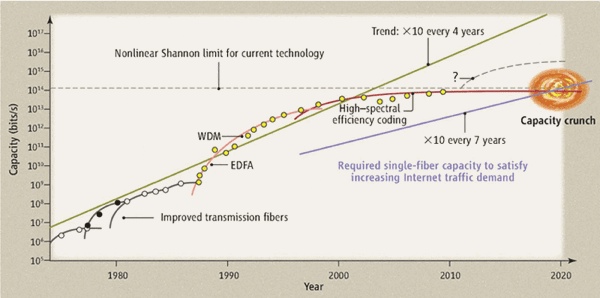
 2 of the ultimate capacity limits of existing optical fiber technology. Without
2 of the ultimate capacity limits of existing optical fiber technology. Without 